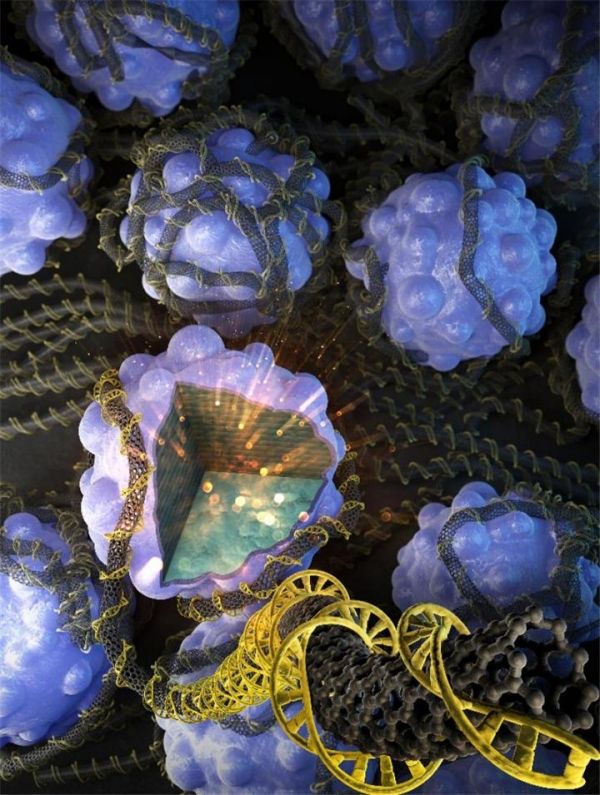A Korean research team has succeeded in developing next-generation high-capacity cathode material for lithium-ion batteries. The Korea Institute of Science and Technology (KIST, Acting President Seok-jin Yoon) announced that the joint research team of Dr. Kyung Yoon Chung (head of the Center for Energy Storage Research at KIST), Prof. Sang-Young Lee (Professor at the Ulsan National Institute of Science and Technology (UNIST)), and Dr. Wonyoung Chang (Principal Researcher at the Center for Energy Storage Research at KIST) have developed high-performance cathode material by stabilizing the surface of *over-lithiated layered oxides(OLO), using the DNA of salmon.
*Over-lithiated layered oxides(OLO) : Materials containing a large amount of lithium by replacing from the transition metal element to lithium element in layered structure of material.
In the lithium-ion secondary battery, the amount of lithium ions moving back and forth between the cathode and anode during charging and discharging process determines the energy density of the battery system. In other words, the development of high-capacity cathode material is essential to increasing the capacity of a lithium-ion battery.
Read more at National Research Council Of Science & Technology
Image: A Korean research team has succeeded in developing next-generation high-capacity cathode material for lithium-ion batteries. It's stabilizing the surface of over-lithiated layered oxides using DNA from salmon and carbon nanotubes, and Improved catalyst performance and lifespan found through the use of integrated advanced analytical techniques. Credit: Korea Institute of Science and Technology (KIST)


